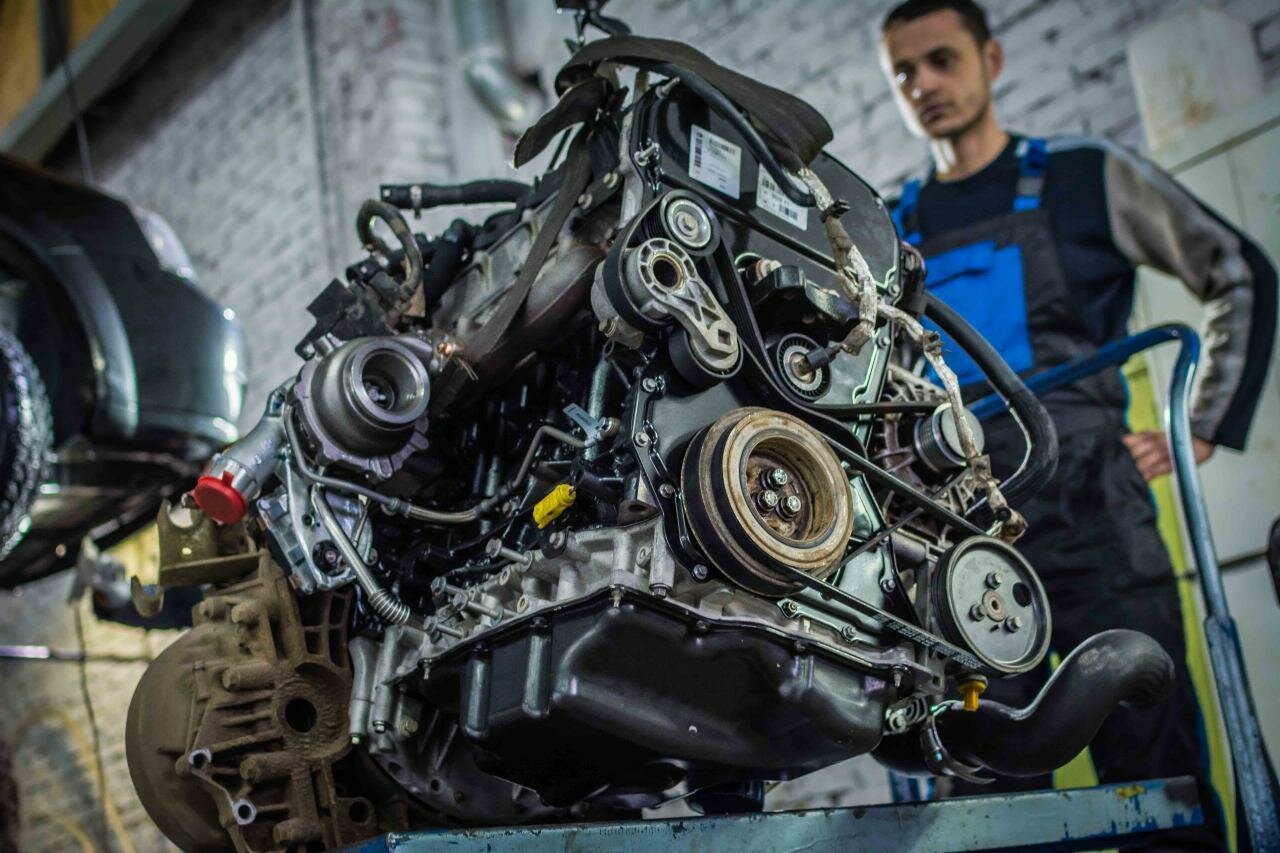Mercedes 642 Engine: A Brief Overview
The Mercedes 642 engine, part of the M642 family, is a 3.0-liter V6 diesel engine that has been a significant player in the automotive market since its introduction in the early 2000s. Designed for a variety of Mercedes-Benz models, including the E-Class, ML-Class, and R-Class, this engine was developed to meet the growing demand for efficient and powerful diesel options. With its robust construction and advanced engineering, the M642 engine quickly gained a reputation for delivering a balance of performance and fuel efficiency, making it a popular choice among consumers and manufacturers alike.
Historical Context and Development
The development of the M642 engine came at a time when diesel technology was evolving rapidly. With increasing pressure to reduce emissions and improve fuel economy, Mercedes-Benz invested heavily in research and development to create an engine that would not only meet stringent environmental regulations but also provide a satisfying driving experience. The M642 engine features a common rail direct injection system, turbocharging, and intercooling, which collectively enhance its performance and efficiency.
Despite its initial success, the M642 engine has not been without its issues. Over the years, various problems have been reported by owners and mechanics, ranging from minor inconveniences to significant failures. These issues have raised concerns about the long-term reliability of the engine and have led to discussions among automotive enthusiasts and professionals regarding the overall quality of Mercedes-Benz diesel engines. Understanding these problems is crucial for current and prospective owners, as well as for anyone considering a vehicle equipped with the M642 engine. In the following sections, we will delve into the specific problems associated with the Mercedes 642 engine, providing a clear and straightforward analysis of what owners can expect.
Common Issues with the Mercedes 642 Engine
The Mercedes 642 engine, while known for its performance and efficiency, has been associated with several recurring problems that can affect its reliability and longevity. Understanding these issues is essential for owners and potential buyers to make informed decisions regarding maintenance and repairs.
1. Oil Leaks
One of the most frequently reported problems with the Mercedes 642 engine is oil leaks. These leaks can originate from various points, including:
- Oil pan gasket
- Valve cover gasket
- Turbocharger oil supply line
Oil leaks not only lead to a loss of engine oil but can also create a mess under the vehicle and increase the risk of engine damage if not addressed promptly.
2. Turbocharger Failures
Turbocharger issues are another common concern for the M642 engine. Problems can arise due to:
- Excessive oil consumption
- Boost pressure loss
- Turbocharger bearing wear
These failures can lead to a significant drop in performance and may require costly replacements or repairs.
3. Fuel System Problems
The fuel system in the Mercedes 642 engine is complex and can be prone to issues such as:
- Clogged fuel injectors
- Fuel pump failures
- Contaminated fuel
These problems can result in poor engine performance, reduced fuel efficiency, and increased emissions.
4. EGR System Malfunctions
The Exhaust Gas Recirculation (EGR) system is designed to reduce emissions, but it can become clogged or malfunction over time. Symptoms of EGR issues include:
- Rough idling
- Increased exhaust smoke
- Check engine light activation
Failure to address EGR problems can lead to more severe engine issues and increased emissions.
5. Engine Overheating
Overheating is a critical issue that can cause severe damage to the Mercedes 642 engine. Common causes of overheating include:
- Coolant leaks
- Faulty thermostat
- Water pump failure
If the engine overheats, it can lead to warped cylinder heads or even complete engine failure.
Top views |
|
|---|---|
 |
Oil, Timing Chains, Pistons: What Really Kills an Engine Prematurely? |
 |
How to Choose a Car with a Reliable Engine: Used Car Market Hacks That Actually Work |
Symptoms and Consequences
Understanding the symptoms associated with these problems can help owners identify issues early and take appropriate action. Below is a table summarizing common symptoms and their potential consequences:
| Symptom | Possible Consequence |
|---|---|
| Oil spots under the vehicle | Oil leaks leading to engine damage |
| Loss of power during acceleration | Turbocharger failure |
| Engine misfires or rough idling | Fuel system issues |
| Increased exhaust smoke | EGR system malfunction |
| Temperature gauge in the red | Engine overheating and potential failure |




0 Comments